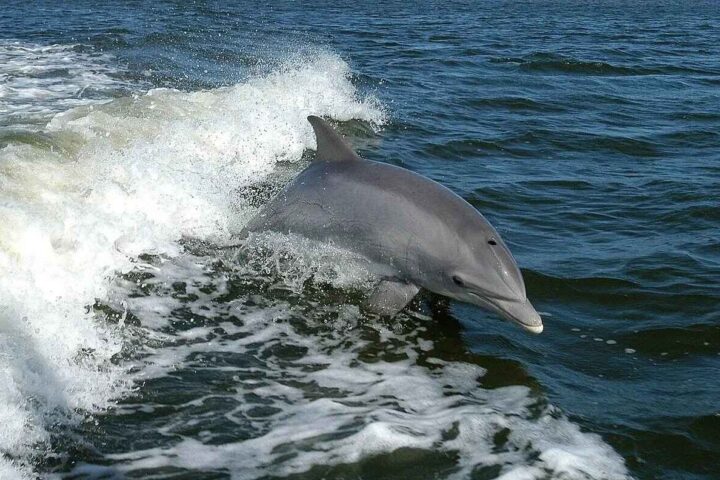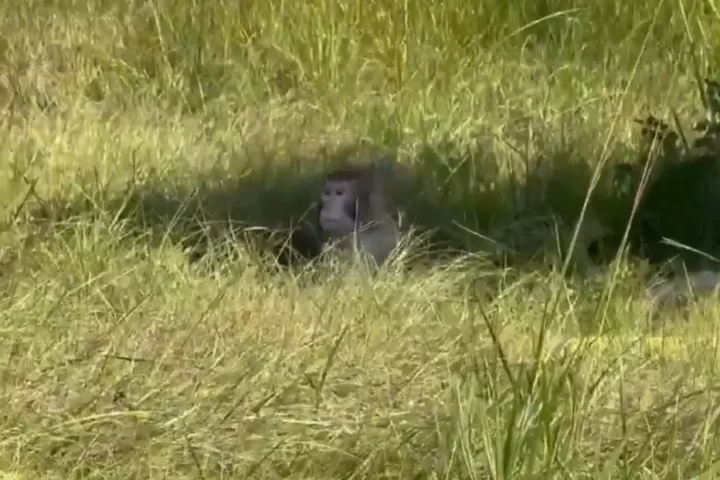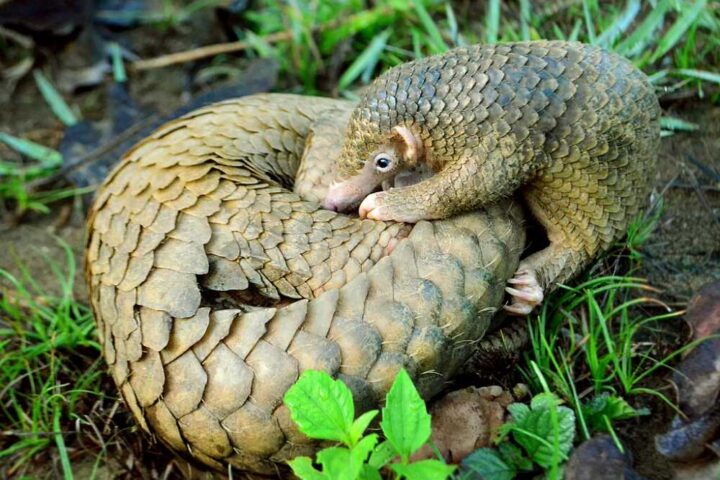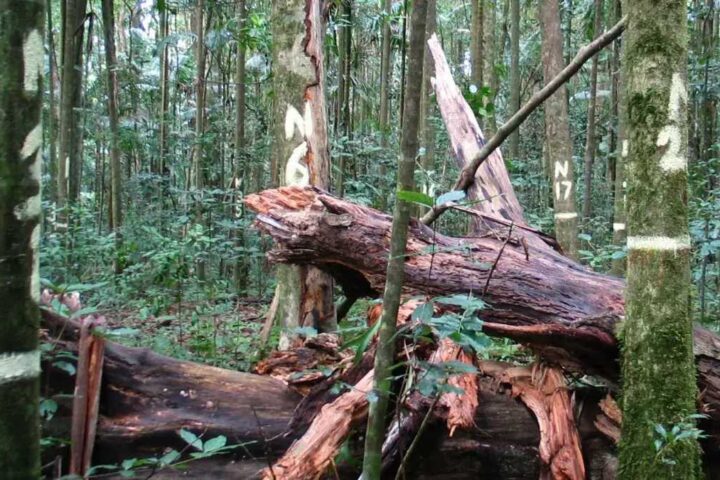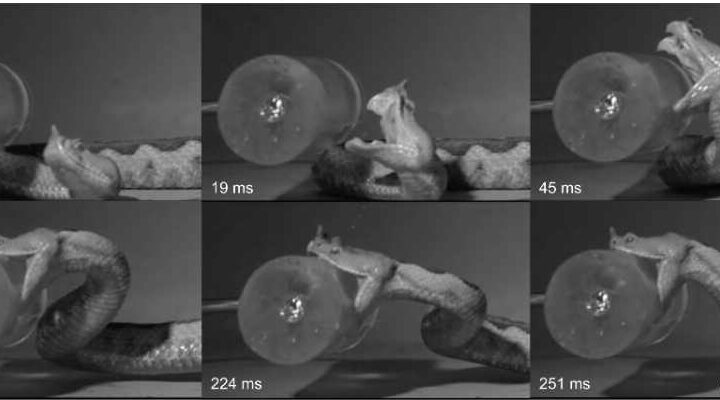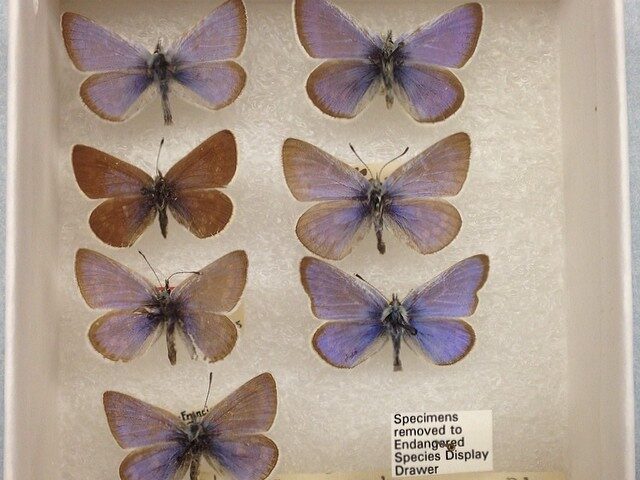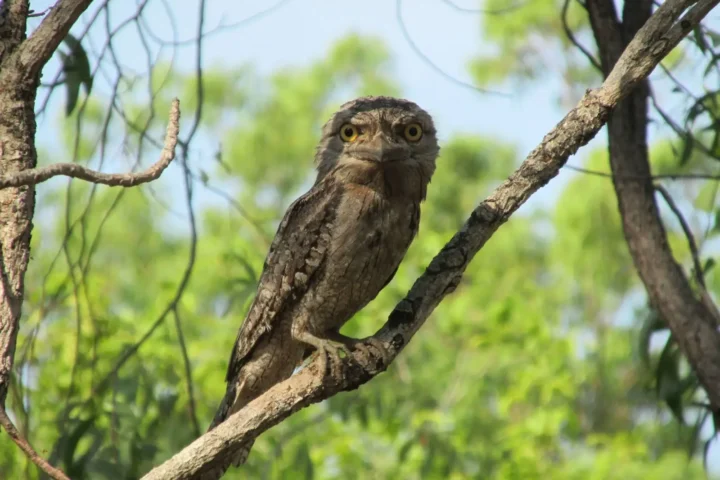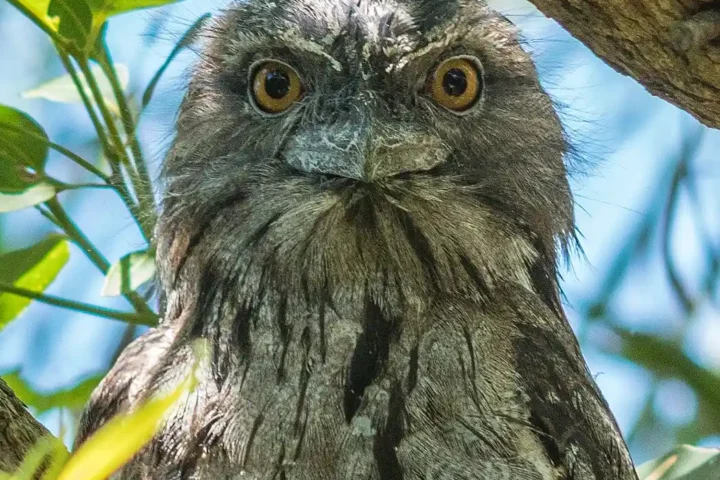Deep in Malaysian tropical forests, artificial intelligence algorithms are processing soundwaves into spectrograms, producing acoustic data to track wildlife populations. University of Copenhagen researchers have achieved a remarkable accuracy rate at species identification, successfully distinguishing 34 distinct species out of 39 monitored bird and frog populations through automated acoustic pattern recognition.
The system uses autonomous recording devices capable of capturing animal sounds continuously over months or even years. It also filters out not-required sounds and feeds the raw audio data streams through neural networks trained on annotated wildlife recordings. Machine learning models convert these acoustic signatures into visual spectrograms, applying computer vision algorithms originally developed for pig vocalization analysis to identify species-specific sound patterns.
This foundation enabled rapid adaptation to other species, with each new species requiring annotated recordings for AI training. The system now processes vocalizations from mammals, birds, amphibians, and even certain insect species, with accuracy rates varying depending on species and environmental conditions.
“The method makes it possible for us to distinguish animal sounds from one another and detect species in densely forested areas or underwater, where cameras are often impractical,” explains postdoctoral researcher Jeppe H. Rasmussen from the Department of Biology. The AI processes recordings efficiently, automating what would be a time-intensive task for human analysts.
More Stories
These automated acoustic monitoring systems can now be used in tracking the remaining 1,400 Hawaiian monk seals through underwater monitoring devices. The same technology monitors Danish grey seal populations and EU-protected bat species using specialized detection equipment. Each monitoring station generates acoustic data that is processed to minimize data transmission requirements.
Associate Professor Elodie F. Briefer contextualizes the advancement: “Being able to detect species without disturbing their habitats is a breakthrough in conservation. The technology has already been applied in marine ecosystems and urban environments, and we expect that AI-based bioacoustics will be crucial for future biodiversity protection.”
Development of this technology proves critical as Earth experiences its sixth mass extinction event. Current species loss rates match the Cretaceous-Paleogene extinction that eliminated the dinosaurs 66 million years ago. The AI system provides crucial population monitoring data for evidence-based conservation efforts.
Conservation biologists can access processed data through a database system with automated backup protocols. The platform integrates with existing wildlife population databases, enabling long-term trend analysis and early warning detection for population declines. Each monitoring station covers its surrounding habitat, requiring multiple units to monitor larger areas effectively.
Even though technical challenges persist in real-world deployments. Environmental factors like wind noise and overlapping vocalizations can affect accuracy in field conditions. Cross-validation with traditional survey methods helps ensure reliability while acknowledging room for improvement.




